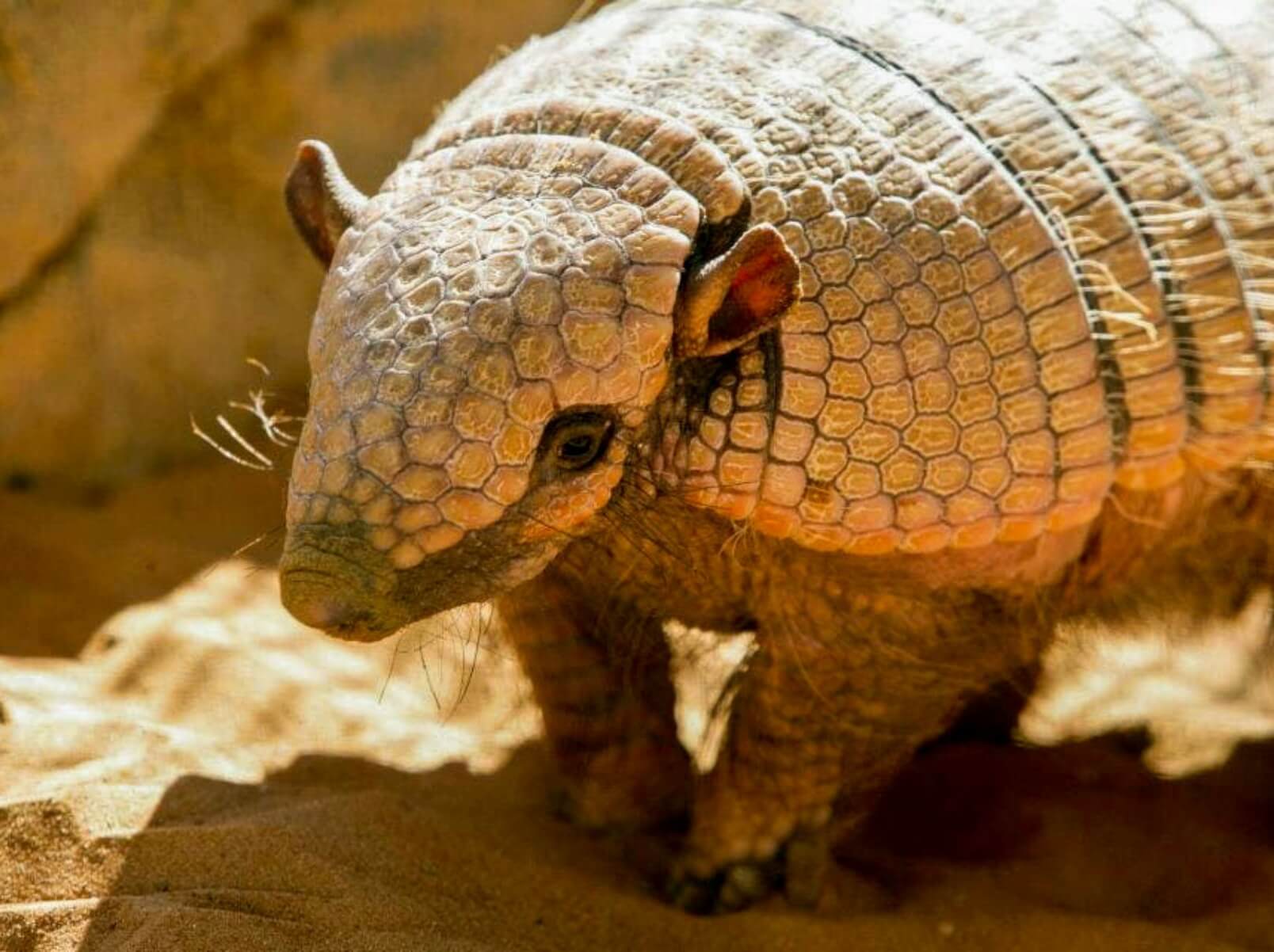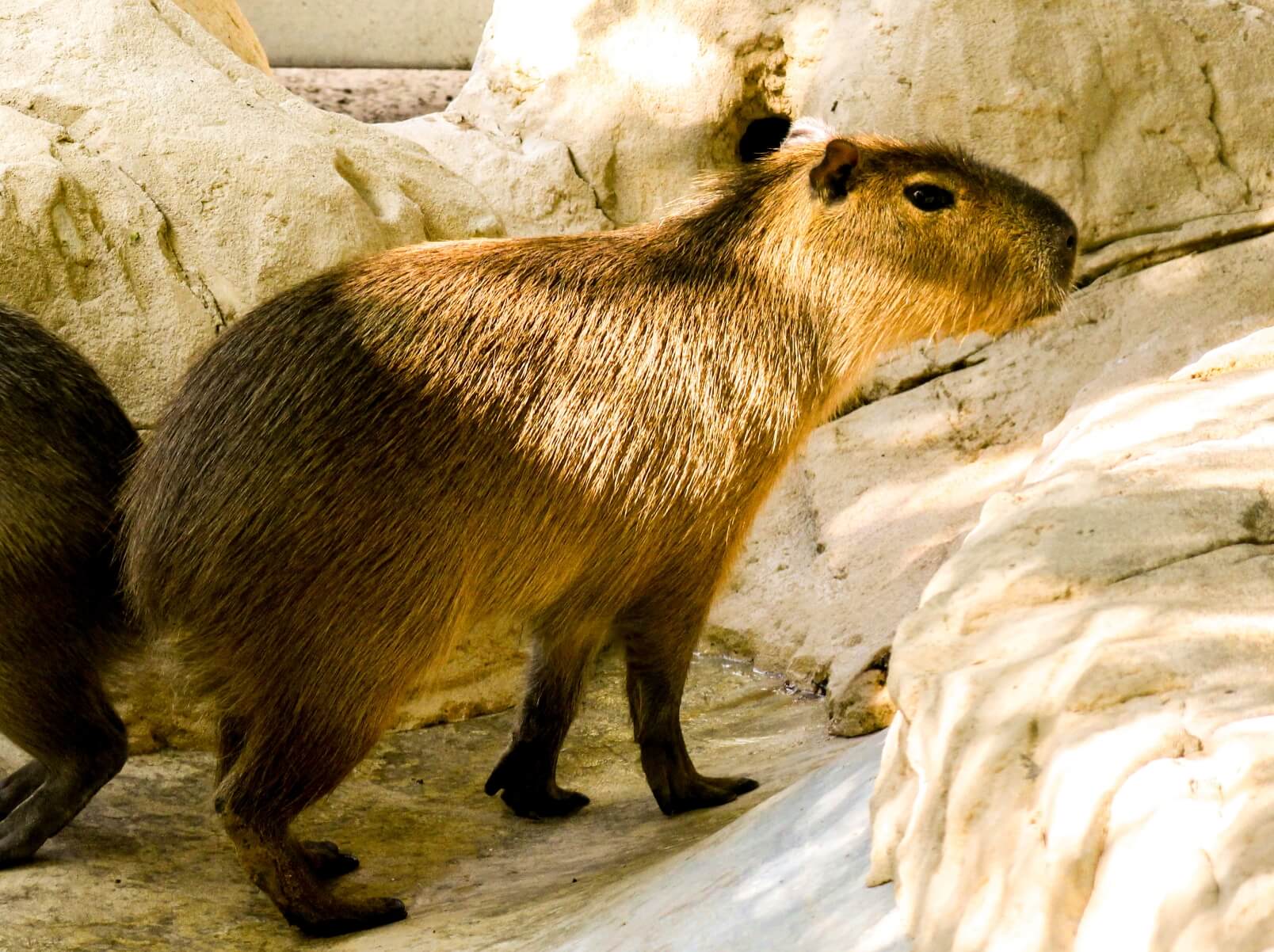INTERESTING FACTS
Fish are the oldest known vertebrates on Earth, with fossils dating back more than 500 million years. Fish are cold-blooded animals, which means that their body temperature is the same as the temperature of the water around them. Some fish, such as the electric eel, can produce electric shocks of up to 600 volts to stun prey or defend themselves. Fish are also commonly kept as pets in aquariums and can be trained to perform simple tasks, such as swimming through hoops.
Also here are some interesting facts specifically about koi fish:
Koi can grow up to 3 feet (0.9 meters) in length and can live for more than 20 years in captivity if given proper care. They are omnivorous and will eat a variety of foods, including insects, crustaceans, and aquatic plants.
Koi have a strong sense of smell and taste, which they use to locate food. Koi can be trained to eat from a person's hand and to recognize their caretaker's voice. Koi ponds are often designed to mimic natural habitats, with features such as waterfalls, rocks, and plants.
Koi are popular pets around the world and are often displayed in koi shows, where they are judged based on their size, shape, color, and pattern. Fish have a variety of adaptations that allow them to survive in different aquatic environments, such as gills for extracting oxygen from water and fins for swimming and maneuvering.Some species of fish, such as salmon, are able to migrate long distances from freshwater rivers to the ocean and back again to spawn.
CONSERVATION MESSAGE
Fish are an important part of our planet's ecosystems and play a crucial role in maintaining the health of our oceans, rivers, and lakes. Unfortunately, many fish species are under threat due to human activities such as overfishing, habitat destruction, pollution, and climate change. It's important that we take steps to protect and conserve fish populations for the benefit of both the environment and future generations.
CONSERVATION STATUS
Near Threatened
LIFE SPAN
Overall, the lifespan of a fish depends on a variety of factors including genetics, environmental conditions, and care. With proper care and management, many fish species can live longer and healthier lives. Koi, a type of carp, can live for more than 20 years in captivity if given proper care.
NATIVE HABITAT
Fishes live in virtually all aquatic habitats. Different species of fish are adapted for different habitats: rocky shores, coral reefs, kelp forests, rivers and streams, lakes and ponds, under sea ice, the deep sea, and other environments of fresh, salt, and brackish water.
DIET
Some of the animals common in the diets of bony fishes include: annelid worms, marine snails, mussels, clams, squids, crustaceans, insects, birds, amphibians, small mammals, and other fishes.
HEIGHT
The height of fish can vary greatly depending on the species.
WEIGHT
The weight of fish can vary greatly depending on the species.
LENGTH
The length of fish can vary greatly depending on the species. The smallest fish in the world is the Paedocypris fish, which grows to only about 7.9 mm (0.3 inches) in length. The largest fish in the world is the whale shark, which can reach lengths of up to 12.6 meters (41 feet) and can weigh up
Related Animals
More Animals



